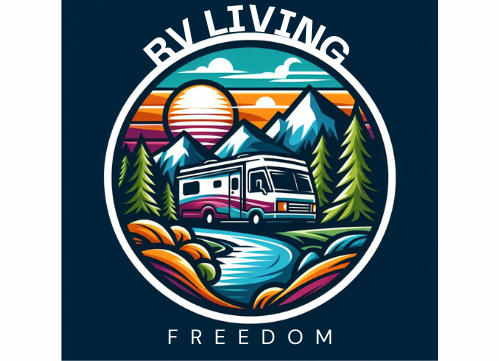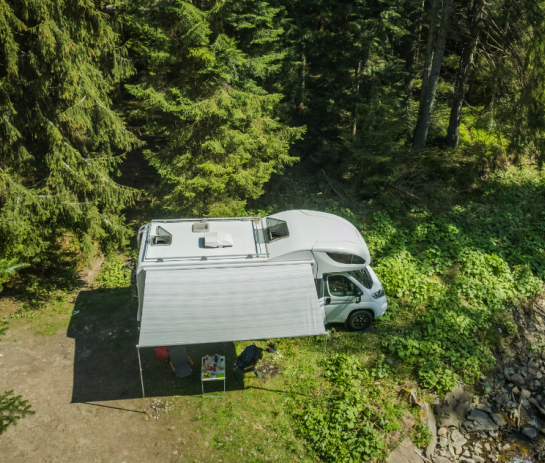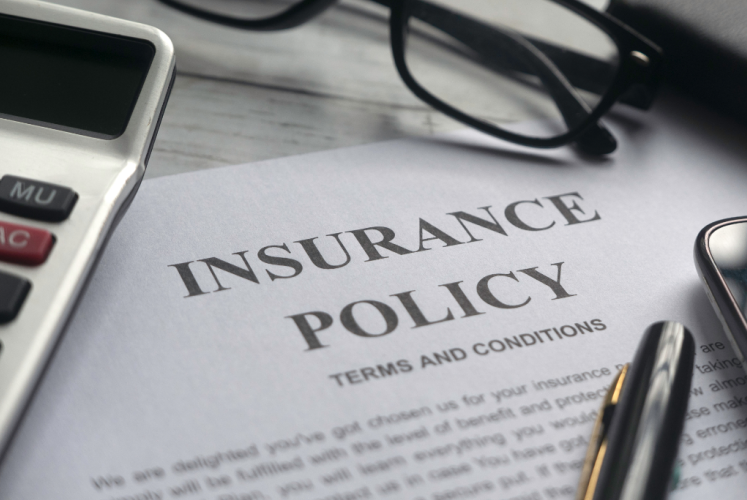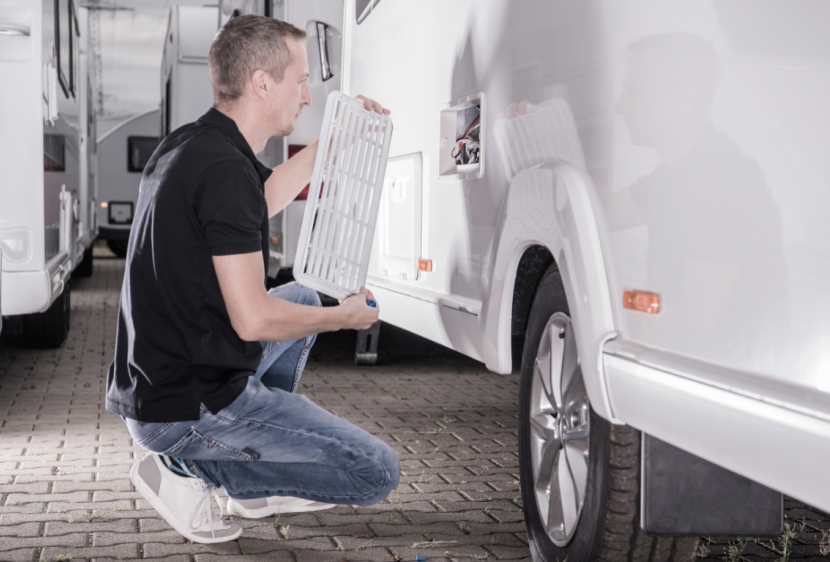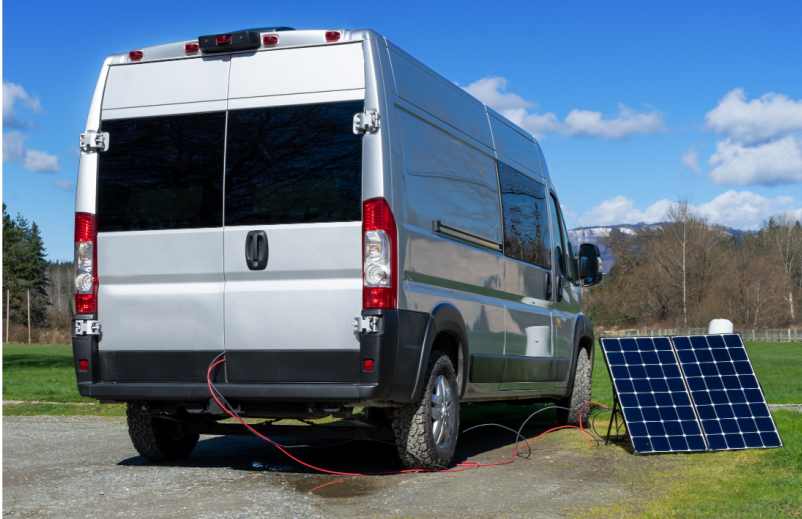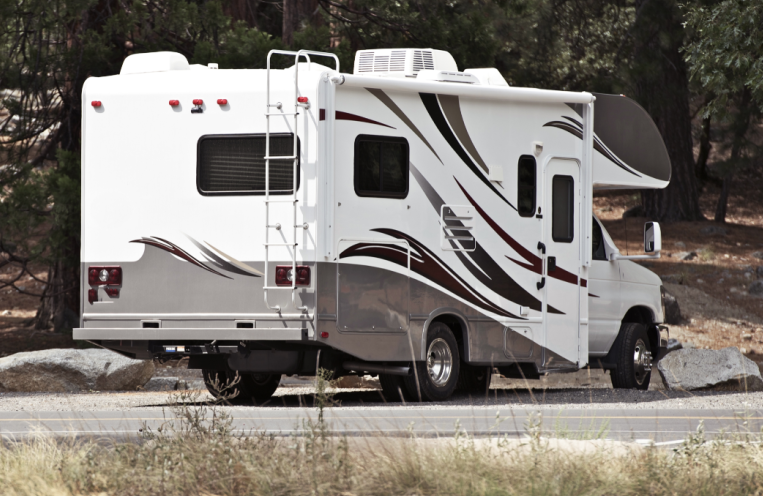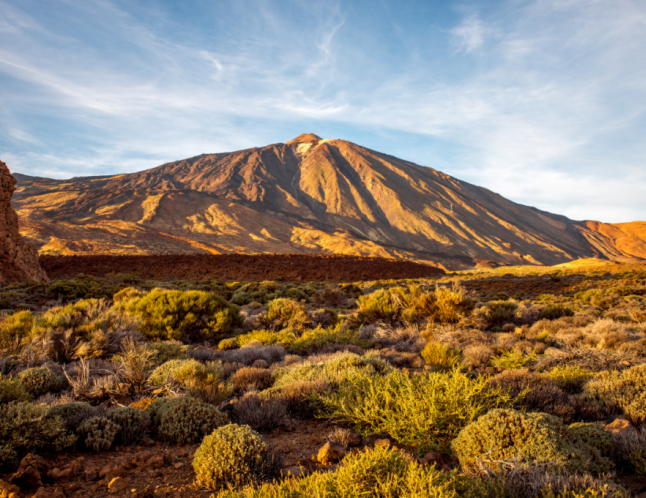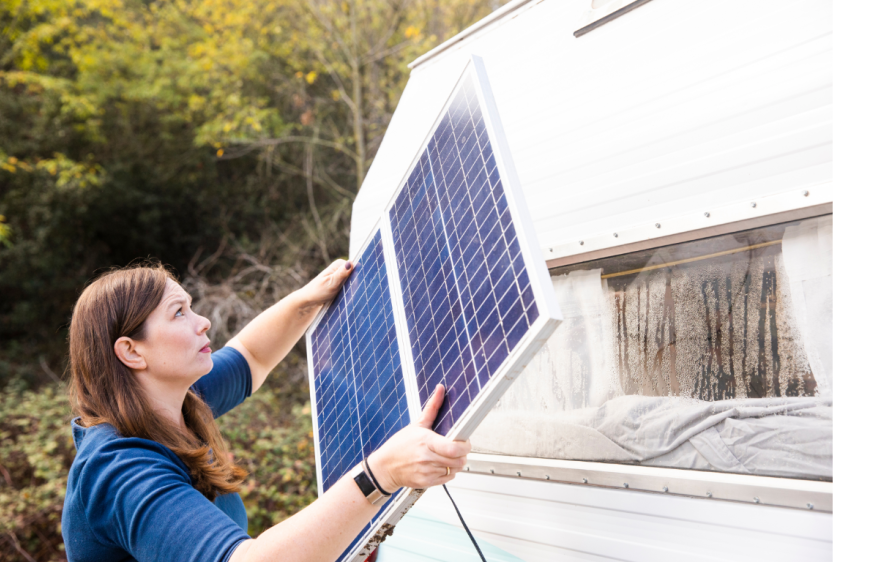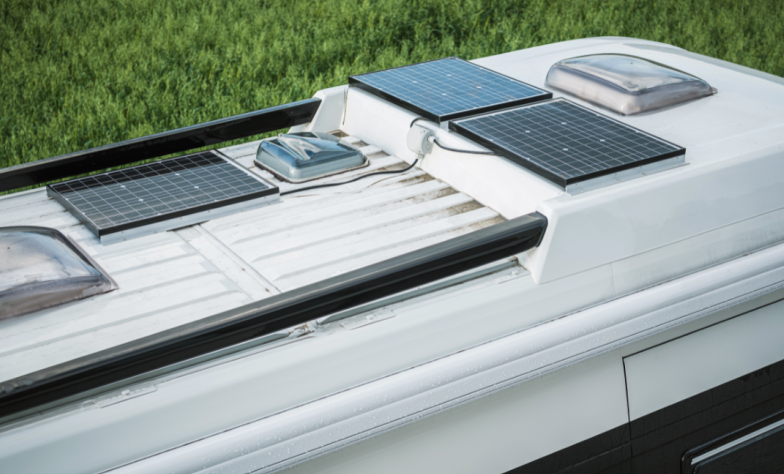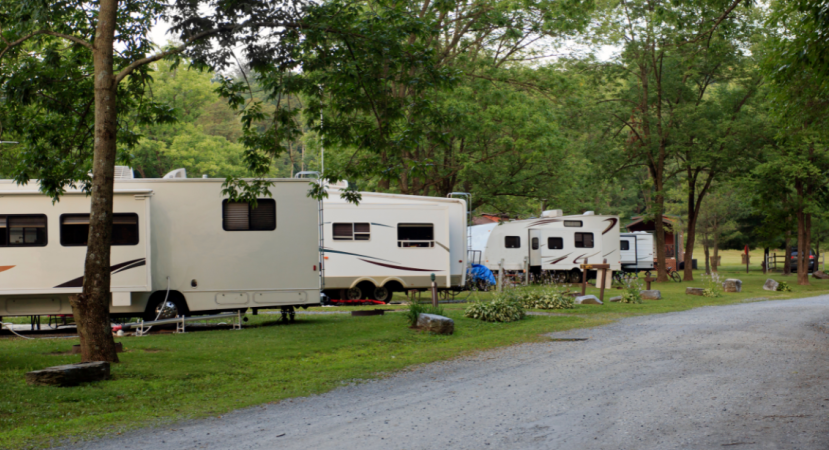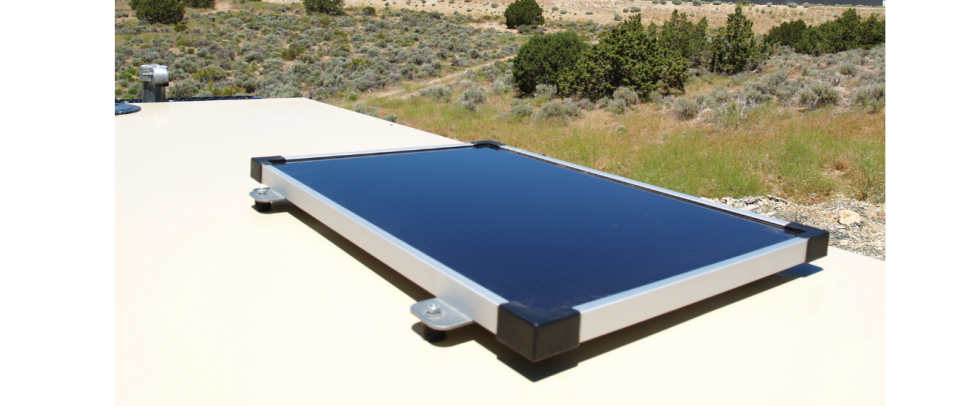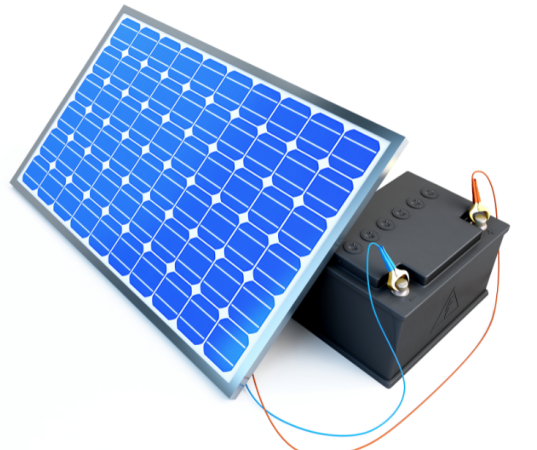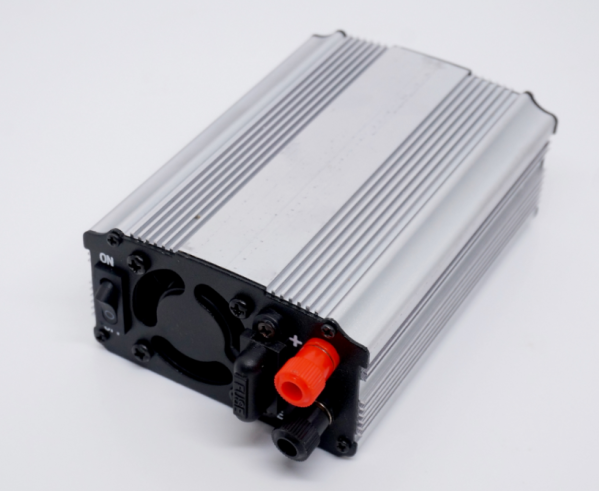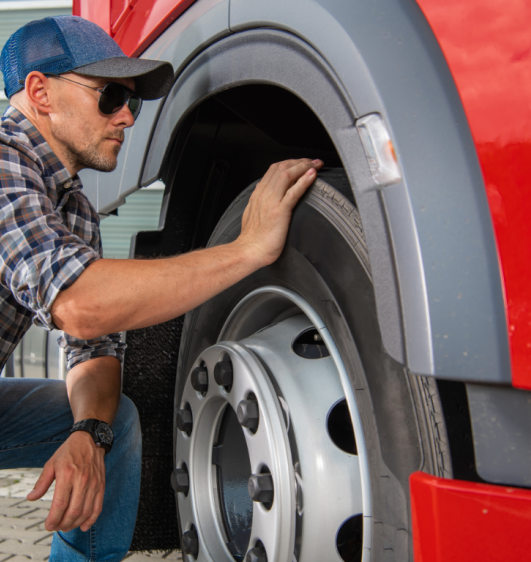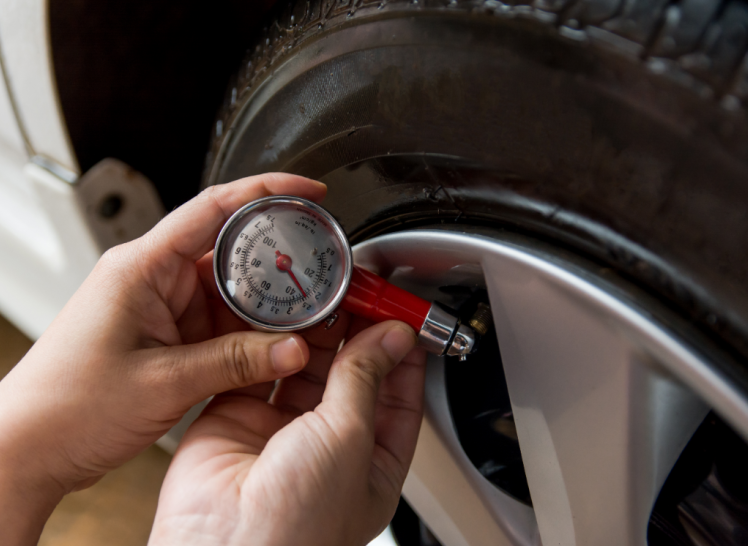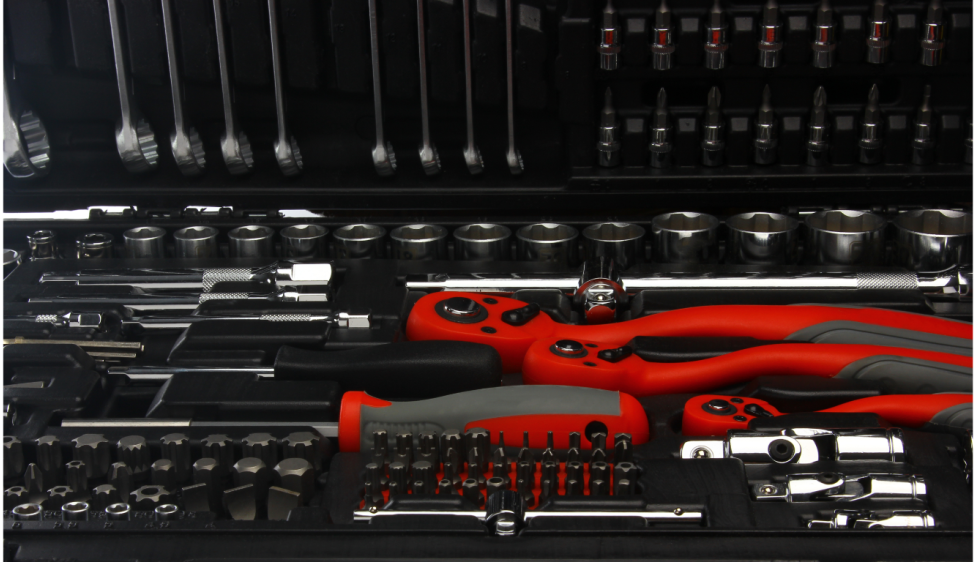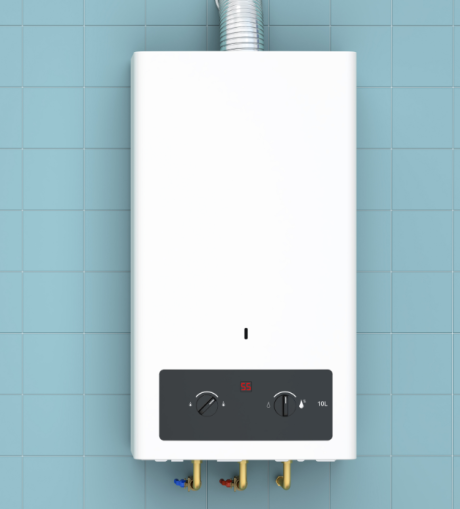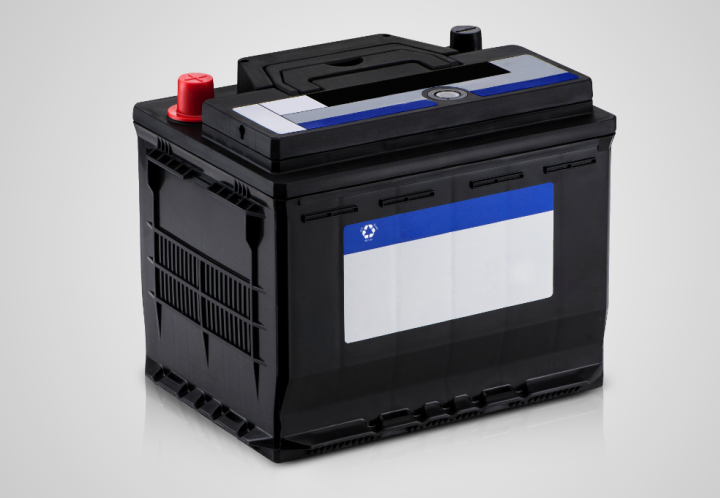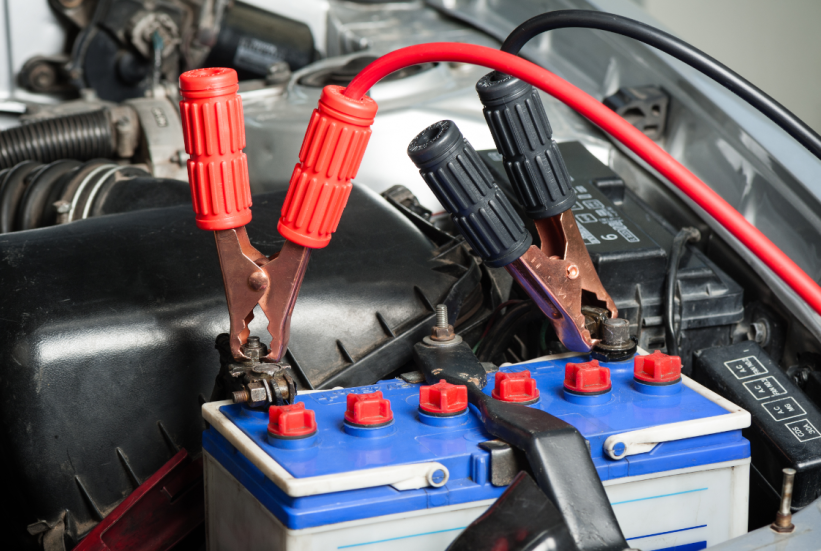Today, I’m going to be talking about RV living Freedom that’s all about empowering your travels. This isn’t just a website; it’s your newfound partner in navigating the exciting world of road trips and adventures. With RV living Freedom a solid foundation of experience and a deep understanding of what it means to hit the road, I’m here to help you with everything from choosing awe-inspiring destinations to handling the nitty-gritty of vehicle maintenance. The best size RV you could use while traveling on the open, based on the type of destinations you want to see . Are you looking for a small, medium or large RV?
If you’ve ever felt the call of the open road, you know that it’s about more than just points on a map. It’s about the whispers of possibility in every mile and the stories waiting to be discovered. I’m leveraging years of travel expertise and countless hours under the hood to bring you reliable and practical advice. You’re going to find out about breathtaking places you could drive to, expect insights on what to carry, and learn how to keep your vehicle in top shape.
This journey also goes beyond the guidebooks. With RV living Freedom It’s about the granular details of what you might encounter along the way, including obstacles you could face on the road. I believe in arming you with the information to confidently tackle challenges, whether it’s a flat tire in the desert or navigating unfamiliar roads in a blizzard.
As you delve into this space, remember your first attempt doesn’t need to be your last. There’s a lot of opportunity here to grow as a traveler and to enjoy the serendipity of the road. That’s how you’re going to step confidently into your next journey, fully informed and ready for whatever the road throws your way.
Destinations and Dreams Where Can You Travel?
I’m going to unveil a list of travel destinations that cater to various meals and preferences. Whether you’re itching for the tranquility of remote beaches or the buzz of bustling cities, there’s a spot on the map just for you. I’ll help you narrow down choices by considering factors such as climate, cultural attractions, and accessibility.
You’re going to find out about at RV living Freedom some practical tips for planning your journey. That’s going to include how to devise a robust itinerary that helps you make the most of your time, while also considering budget–friendly options. I’ll guide you through setting realistic budget targets and finding travel deals that can make your dream trip a reality.
This isn’t just about iconic destinations; it’s also about venturing off the beaten path. I’ll shed light on some hidden gems that offer unique experiences without the crowds. You’ll learn how to embrace responsible tourism to ensure your travels support local communities and minimize environmental impact.
On the Road Preparations and Pitfalls
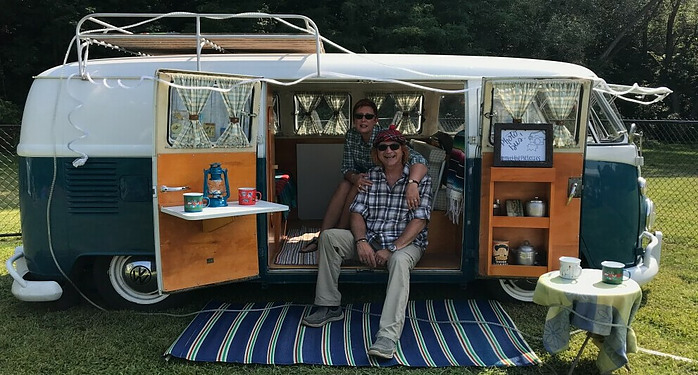
You’re going to find out that being on the road is part adventure, part challenge. The key to a smooth journey is preparation. Not just packing the right snacks, but ensuring your vehicle is in tip-top condition. That’s why I’m here to help you with a vehicle maintenance checklist that covers everything from tire pressure to oil changes and having a set of basic tools for the journey to fix any repairs you may encounter.
But sometimes, even the best-laid plans hit a bump, literally. Potholes, unforeseen weather, and unexpected detours can all be part of the experience. Let’s not sugarcoat it – you may face some difficulties. I’m talking about navigating through storms, or that dreaded ‘check engine’ light coming on miles from the nearest town.
I’ll share insights on the common issues travelers face and how to tackle them head-on. That’s going to include pro tips for managing these situations and keeping your cool – because let’s face it, a composed traveler is a safe traveler. The common problem of where to stay and blend in and not stand out is called stealth or boondocking which is parking away from places that are hidden with no services.
And for a dose of reality? You’ll hear from fellow road warriors who’ve been in the thick of it. Their stories serve as a mix of cautionary tales and inspiring anecdotes, providing a well-rounded understanding of what to truly expect when you hit the open road.
Lastly, remember this – your first attempt doesn’t need to be your last. Travel is about learning and growing. The challenges you overcome will lead to stories you’ll tell for years to come. So buckle up and get ready to make some memories – with the right prep and mindset, you’re all set for the journey of a lifetime. Simply go out and have a good time traveling at your own leisure.
